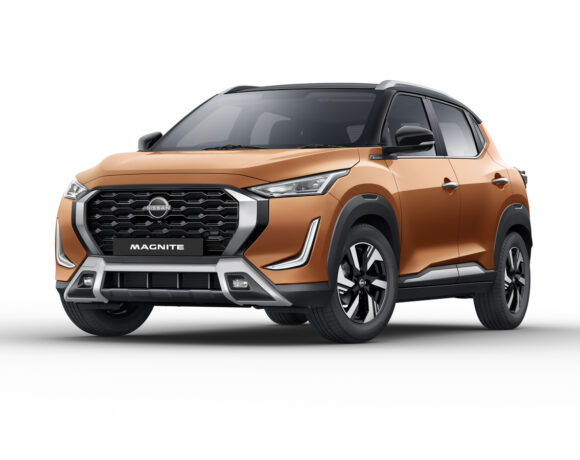Offline versus online promotional media

Which drives better consumer engagement?
In an era dominated by digital marketing, businesses increasingly turn to online platforms like mobile apps, social media, and direct email to reach consumers. However, recent research suggests that traditional offline marketing techniques like printed coupons might still have a significant edge in driving consumer behaviour.
A team of Japanese researchers has demonstrated that offline promotional media not only increases consumer engagement but also leads to greater behavioural responses, such as higher coupon redemption rates, especially among consumers with low brand attachment.
Despite the growing preference for online media, which are often seen as more cost-effective and capable of reaching wider audiences, offline marketing still offers valuable advantages.
According to the research team, offline media enhances consumers’ ability to remember promotional content and improve their perceptions of the advertised products. Yet, until recently, there has been little comparative analysis of how offline versus online media directly impact consumer behaviour.
A group of researchers led by Associate Professor Taku Togawa from Sophia University, Associate Professor Hiroaki Ishii and Professor Naoto Onzo from Waseda University, Assistant Professor Soonho Kwon from Kanagawa University, and Professor Ikumi Hiraki from Tokyo International University addressed this gap.
Their study, which explored how offline and online sales promotions influence consumer behaviour, was published in the Journal of Advertising Research on 1 December 2024.
To test their hypothesis, the researchers conducted a field experiment involving Fujifilm’s promotional coupons sent to 7,500 customers. Participants were divided into three groups: one group received offline coupons first (via direct mail, followed by email), another group received online coupons first (via email, followed by direct mail), and a third group only received online coupons twice (via email).
The researchers then measured the coupon redemption rates. They conducted a follow-up survey to assess participants’ cognitive engagement, level of attachment to the Fujifilm brand, and interaction with the media.
The study’s results revealed striking differences in coupon redemption rates. The highest rates were found in the offline-first group, while the lowest rates were observed in the online-only group.
Cognitive engagement, which refers to how much attention consumers pay to promotional content, directly influences coupon redemption behaviour. As lead author Professor Togawa explained, “Printed coupons increase cognitive engagement, which promotes redemption behaviour.” This effect was especially pronounced for consumers with lower brand attachment, who were likelier to engage with the printed coupons and redeem them.
Although offline promotional techniques incurred higher costs—$4,500 for both the offline-first and online-first groups compared to $0 for the online-only group—the sales generated were higher.
The estimated sales were $13,000 for the offline-first group, $11,100 for the online-first group, and just $2,200 for the online-only group. As Prof. Togawa commented, “The higher costs of offline marketing are justified by the substantial increase in sales they drive.”
Further supporting their findings, the researchers conducted a laboratory experiment with 127 undergraduate students, where they distributed fictitious coupons for products like Starbucks beverages and IKEA furniture.
Participants received either print or online coupons, and the researchers then surveyed their intentions to redeem the coupons and their cognitive engagement levels. Once again, offline coupons led to higher redemption intentions, particularly for consumers with low brand attachment, confirming the results of the field study.
Professor Togawa concluded: “Our findings indicate that offline promotional media still play a crucial role in triggering consumer behaviour, even in the digital age.” The team also pointed out that further studies are needed to explore the impact of offline marketing in different contexts, such as cross-national studies or for other types of products.
This research illuminates the overlooked benefits of offline marketing and suggests that it can be an effective tool for driving consumer behaviour, particularly when combined with digital efforts.
Marketers, therefore, may need to rethink their strategies and consider a more balanced approach that leverages the strengths of both offline and online promotional media. The study highlights the importance of cognitive engagement and brand attachment in shaping consumer responses, providing valuable insights for creating more effective and targeted promotional campaigns.
Image: Despite the growing preference for online media, which are often seen as more cost-effective and capable of reaching wider audiences, offline marketing still offers valuable advantages. Credit: Bahadır Aydın












